Flightless Dung Beetle, Addo Flightless Dung Beetle Circellium bacchus
Superfamily: Scarabaeoidea. Family: Scarabaeidae. Subfamily: Scarabaeinae. Tribe: Canthonini

Addo Elephant National Park
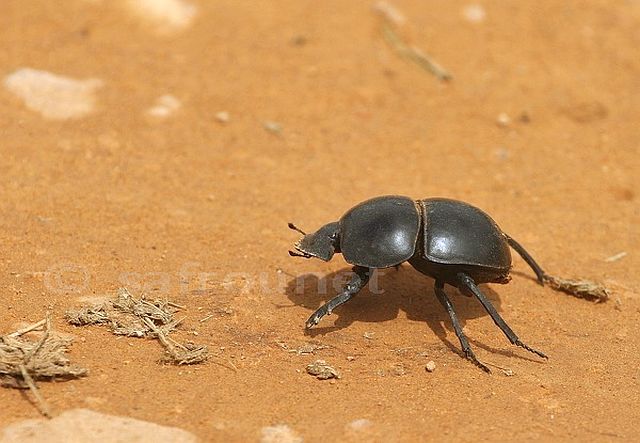
© nan
Addo Elephant National Park
Description
One of a few flightless dung beetles. Large body (length 30-45mm), black and moderately shiny, globular with rounded outline. Very large pronotum, almaost equal in size to abdomen.
Geographical distribution
This scarab beetle was once widespread throughout South Africa but is now limited to a few pockets of populations, the largest being at Addo Elephant Park in the Eastern Cape Province. Another stable population occurs at the Buffalo Valley Game Farm near Knysna.
Habitat
Fish river scrub and spekboomveld.
Diet
While they are generalist dung feeders, they have a preference for elephant dung but have been recorded feeding on rabbit, baboon, various antelope, human, ostrich and baboon dung/faeces. Feeding might take place at the dung site or a small ball prepared and rolled away and eaten in a protected location. The younger adults usually do this.
Breeding
However, buffalo dung is preferred for breeding. Females produce only one off-spring per breeding cycle, usually one but sometimes two per year so fecundity is therefore low. When breeding, the female removes a portion of dung from the pile, pats it onto a ball and rolls it away, from 7 to 80m, depending on when she finds a suitable site. Unlike other dung beetles, the male trails her by a few centimeters and does not help roll the ball. When the ideal site is decided on, the female excavates the hole and the male then positions himself on top of the dung ball and sinks down with it, the depth varying from 17 to 37 cm. Mating then takes place and the egg is deposited. The male returns to the surface and the female remains with her brood throughout the early (larval) development. This is critical for the survival of the larva as she constantly clears away fungus that develops on the outside of the dung ball. The development time from egg to adult ranges from 120 to 140 days. The young adult then feeds for another 50 to 65 days before becoming sexually mature.
Conservation status
While this species is not included on the IUCN list of threatened species, it complies with most of the criteria and therefore qualifies as "vulnerable". Its vulnerability is attributed to: small, restricted and isolated populations; the habitat is constantly under threat from agriculture and general human encroachment; climate change; low fecundity (breeding capacity); low dispersability as it is flightless; habitat specialisation; co-evolution with and dependence on falling numbers of vertebrates (elephant and buffalo).

© PJL

© PJL
Addo Elephant National Park

© PJL
Addo Elephant National Park, March 2020
Links:
https://www.researchgate.net/publicatio ... carabeidae
https://pdfs.semanticscholar.org/9b97/a ... 44e71b.pdf
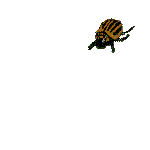



 © nan
© nan © PJL
© PJL © PJL
© PJL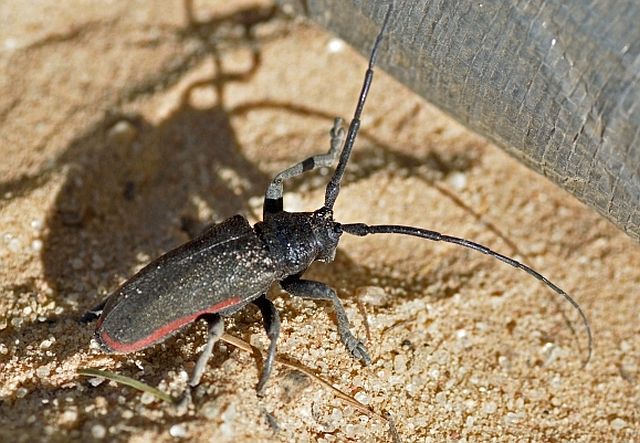 © BluTuna
© BluTuna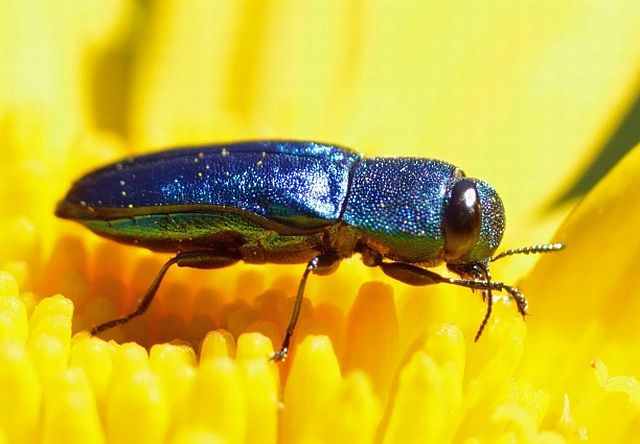 © BluTuna
© BluTuna © BluTuna
© BluTuna © nan
© nan © PRWIN
© PRWIN © Mel
© Mel © ExFmem
© ExFmem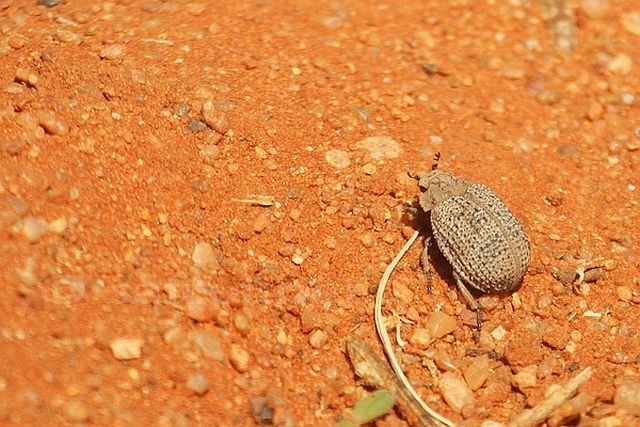 © nan
© nan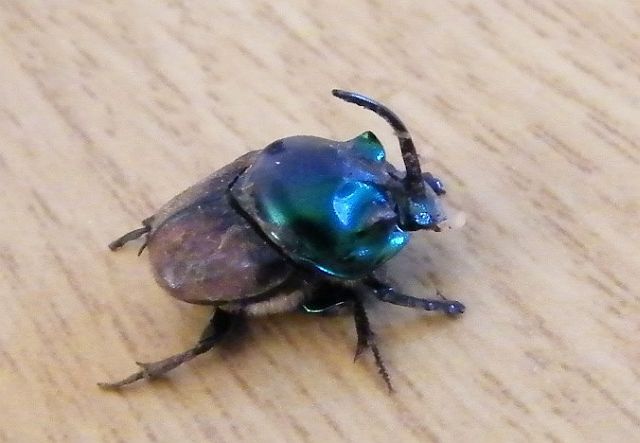
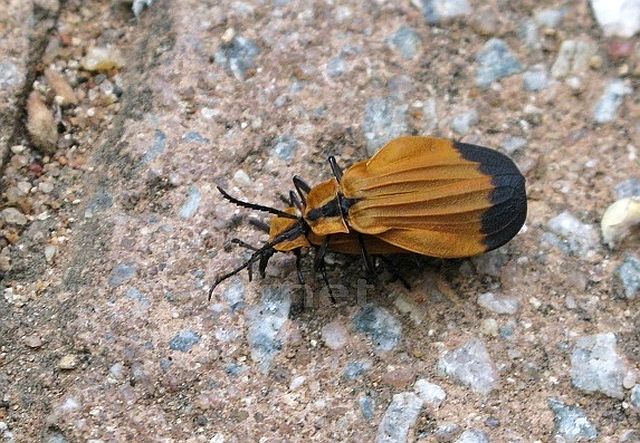
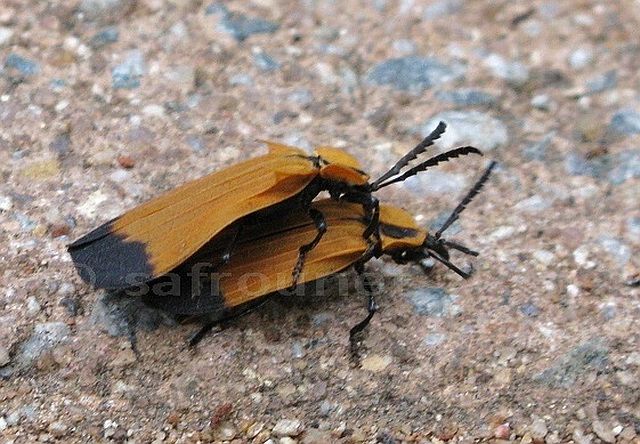
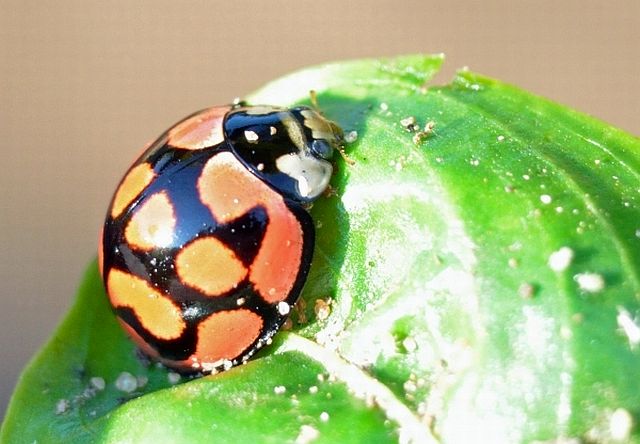 © BluTuna
© BluTuna © BluTuna
© BluTuna © BluTuna
© BluTuna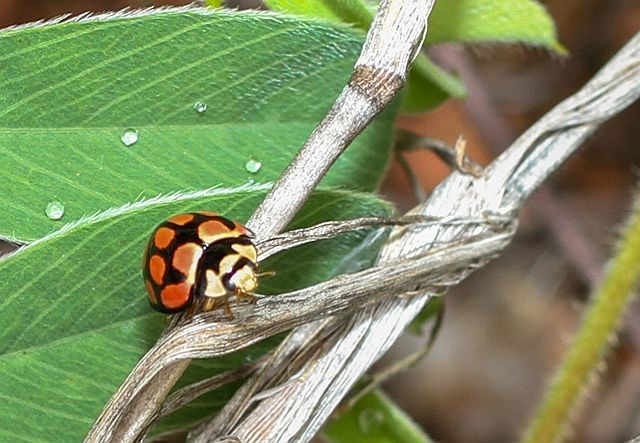 © Super Mongoose
© Super Mongoose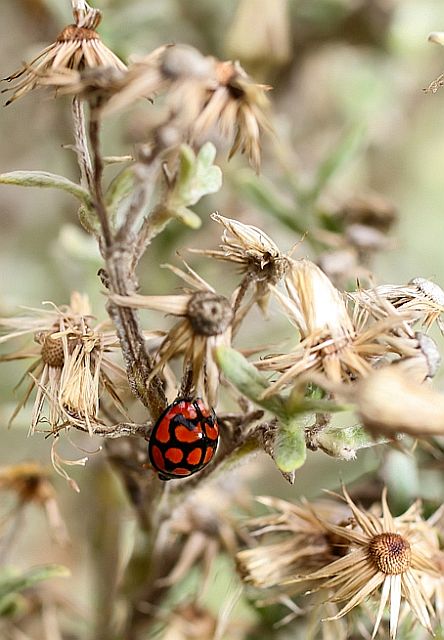 © Super Mongoose
© Super Mongoose